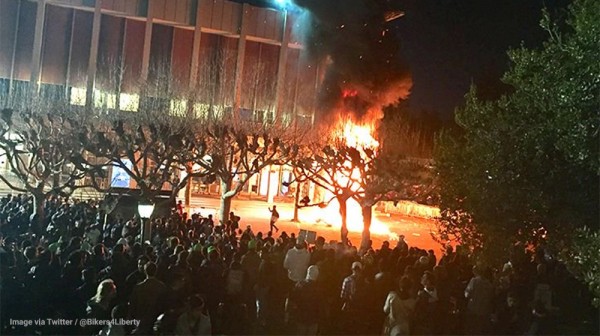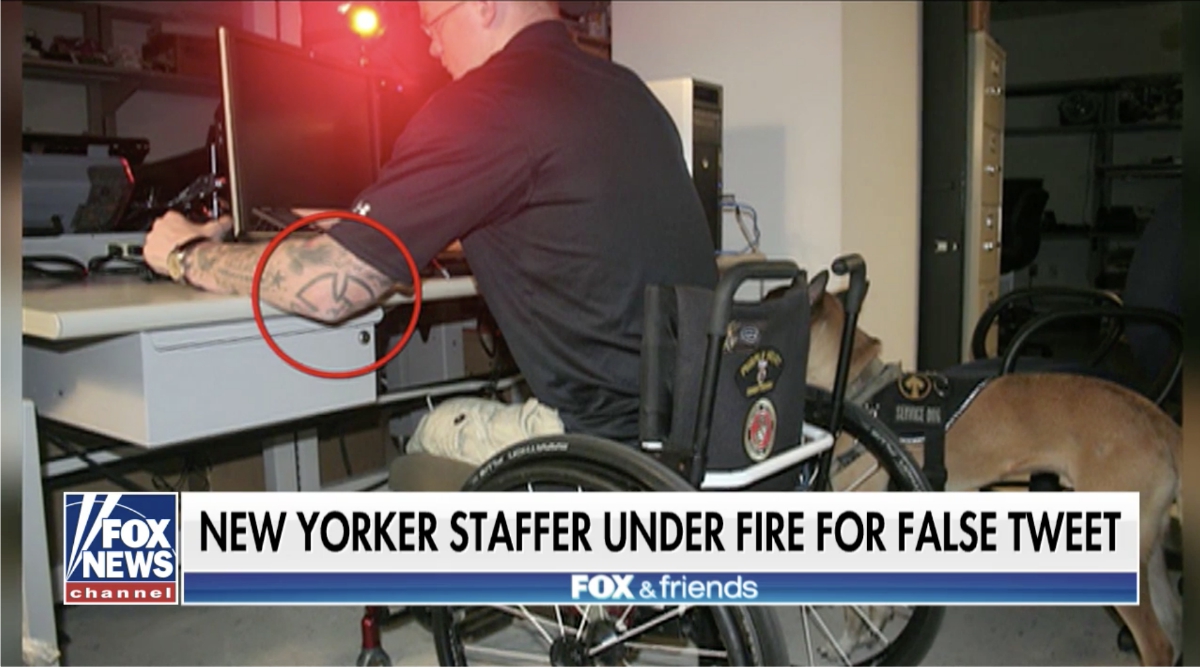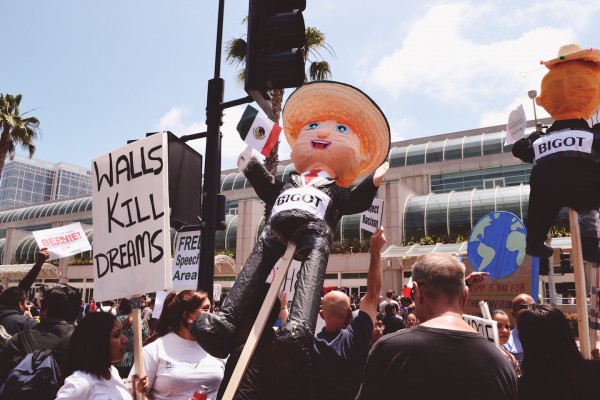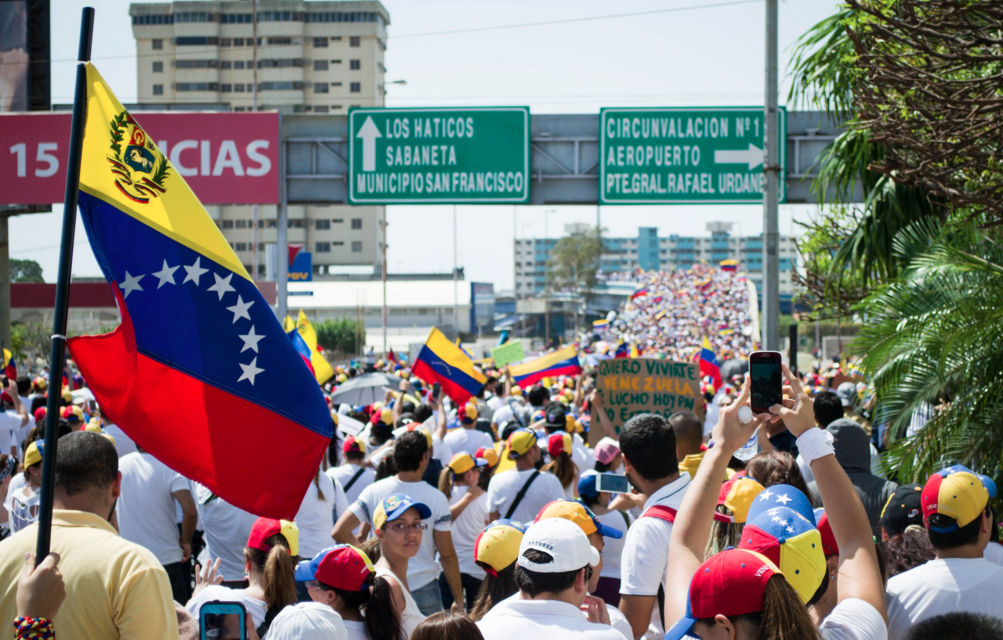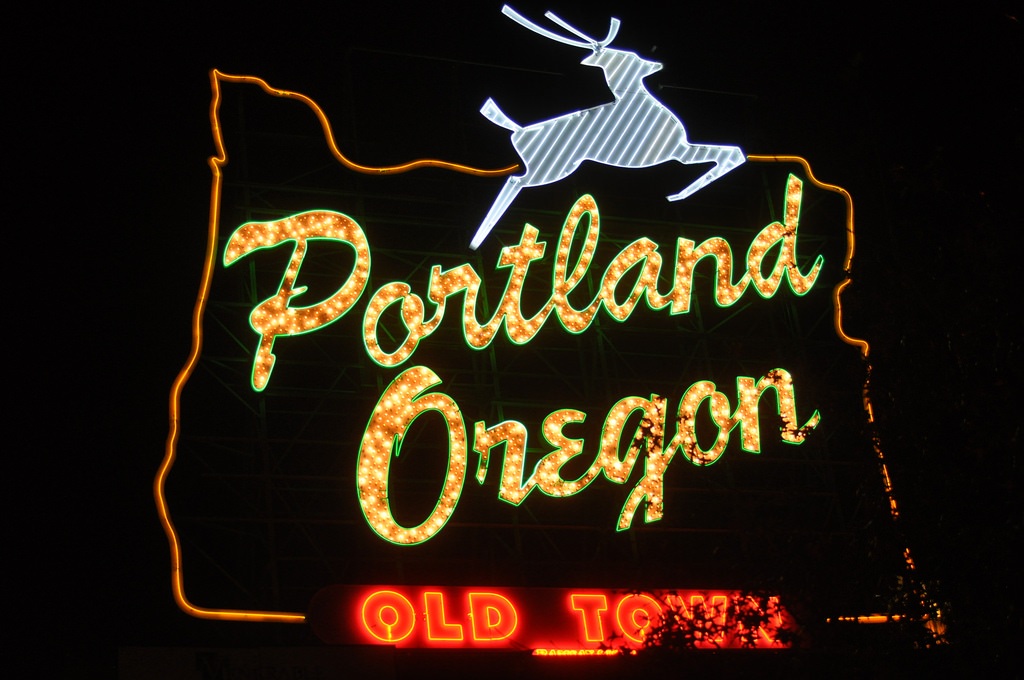March 11, 2016 marked the fifth year anniversary of the Fukushima disaster, and Japan is still repeating the same old mistakes. The Kumamoto region of Kyushu island was hit by a 7.3 magnitude earthquake early Sunday morning, killing 33 people in total.
Despite fears of another Fukushima disaster ensuing, the Nuclear Regulation Authority (NRA) declared they would not shut down the only nuclear plant operating on the Kyushu island.
The Kumamoto region of Kyushu island was originally subject to a major tremor on Tuesday that claimed nine lives before an even bigger quake rocked the area on Sunday morning. Kumamoto city is located 72 miles from Sendai nuclear power station, which is the only nuclear power plant in operation in wake of the Fukushima disaster.
In March 2011, a major earthquake launched a tsunami off the coast of Japan that decimated the Fukushima power plant. It was considered the worst nuclear disaster since the 1986 Chernobyl catastrophe. Following the Fukushima debacle, Japan shut down all of its nuclear power plants, but has been trying to restart many facilities in order to become less reliant on imported energy.
Journalist urge NRA to shutdown power plant in wake of quake
A team of writers and journalists assembled last week, urging the operators of the Sendai plant to shut down the facility in order to avoid another disaster on par with Fukushima. “Based on the experience at the Fukushima No. 1 nuclear power plant, it is clear to everyone that it would be too late if you waited for some abnormality to occur,” the group wrote in a request to Kyushu Electric Power, the operators of the power plant.
The NRA held a meeting on Monday with its commissioners in response to the quake. Despite public concern, the chairman of the power plant, Shunichi Tanaka, said two of its reactors were not damaged by the quake and should continue operating. The NRA added that they will continue to monitor closely the Sendai facility, in addition to the Genkai, Ikata and Shimane power plants.
The decision to keep the power plant open is sure to ignite protests, especially in areas afflicted by the disaster. Although Japanese citizens are largely against nuclear power, the Japanese government has been trying to restart nuclear facilities throughout the country.
Assessing the damage
The Kumamoto area has been rocked by more than 500 aftershocks following the original earthquake. The infrastructure was severely damaged too. More than 100,000 people are in shelters because of the disaster. Approximately 1,000 homes were damaged by the two earthquakes, 80,000 homes were without electricity and 400,000 homes without running water.
“There are still missing people,” Shinzo Abe, Japan’s prime minister, told parliament. “We want to make further efforts to rescue and save people and prioritise human lives,” he added.
Transportation has been difficult in regions populated by mountains. The earthquake triggered several mudslides, which canceled several airline flights and prevented various trains from reaching their destination.
Several missing people are suspected to be buried beneath the rubble of collapsed buildings. Water and food shortages have rescue workers concerned as well.
“Yesterday, I ate just one piece of tofu and a rice ball. That’s all,” the mayor of one of the impacted areas told sources.“What we’re most worried about now is food. There’s no electricity or water, either.”
Several major companies have temporarily shut down following the disaster. Toyota, for example, has temporarily closed its factories in Japan, which stymied production elsewhere in the country. Sony has also stopped production for its image sensors at its Kumamoto plant, which are used in Apple’s iPhone camera, reports the Telegraph.
Sources include:
Telegraph
TheAsahiShimbum
TheIndependent
Science.NaturalNews.com







